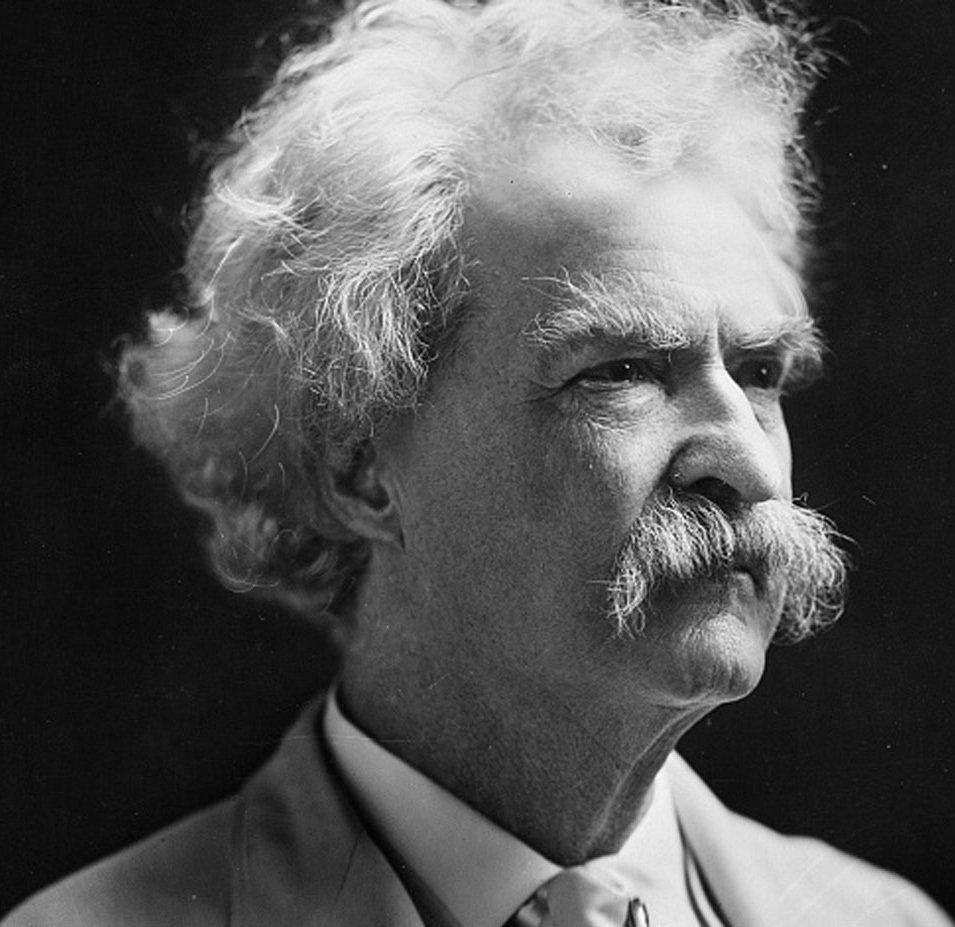Museum Opens
Saturdays
10:00 a.m. 2:00 p.m.
Malden Historical Museum
"Preserving Malden's Past For The Future" - Founded in 1955
Preserving Malden's Past For The Future
The Malden Historical Museum was founded in 1955 by Mary Kochtitzky, who began collecting historical information and articles from area residents. The museum began in one room in the back of the Malden Library which was founded by her sister Elise Kochtitzky Byrd.
In 1980 Floyd and Vera Brown donated their home at 201 North Beckwith Street to the museum. Following extensive renovation, the Malden Historical Museum opened its doors at its new home in 1983 where it is still located today.
Photographs
Historical photographs of Malden and citizens of Malden is accepted after review by the board and a signed release is filled out by donor.
Museum Tours
Call us a 573-276-5008 for private tours of the museum for individuals
or groups.
Historical Donations To Museum
Donations of historical items of Malden is accepted after a review by the board and a signed release is filled out by the donor. All donations are highly appreciated

"Everyone has deep in their heart the old town or community where they first went barefooted, got his first licking, traded the first pocket knife, grew up and finally went away thinking they here to big for that Burg. But that's where your old heart is."--Will Rogers
Mark Twain
History of Malden, Missouri
The City of Malden, located five miles south of the north boundary line of Dunklin County, sits on a sand ridge extending north and south between the lowlands of New Madrid County on the east and the foothills of the Ozarks on the west. Malden forms an important link in the chain of progressive cities that extend from north to south through this part of Missouri, which is called the Bootheel.
The location is ideal for a growing prosperous city because of the rich level farm lands surrounding it, the drainage ditches east and west, and the railways and highways passing through. Early settlers, long before Malden was thought of, engaged in hunting, trapping and farming. The first white man to locate in Dunklin County was Howard Moore in 1829, at a place just south of what is now Malden. M. Gibony built the first little "clapboard" grocery store in the county in 1844. Farms along this ridge were few and far apart, but the people were friendly and hospitable.
Wheat grew in the hills west of here and people went there to fill their straw bed ticks, which were used for mattresses. Bed ticks were also filled with feathers plucked from chickens, ducks and geese, placed on top of the straw-filled one, and a very comfortable bed was made.
Rev. Riley Hatley lived and preached in a big log house. When weather permitted, the services were in the yard under the big locust trees. In cold or rainy weather the congregation gathered inside. People came from miles around to hear a gospel message once a month. Later, the "circuit rider" came through once a month and preached in the Old Union Church building.
Pioneer settlers knew that better methods of transportation were necessary before the wheels of progress could bring better things to them. So a group of Dunklin County men joined with a group of New Madrid County men and formed an organization called the Blanton Plank Road Company. This company was incorporated under a special act of the Legislature in 1855 for the purpose of constructing a toll road across the swamps directly west from New Madrid to the high land in Dunklin County. They were given a grant of 100,000 acres of swamp land to aid in carrying forward this expensive undertaking. The road was barely completed when the Civil War interrupted business and nothing further was done to maintain it.
In 1877, the Little River Valley and Arkansas Railroad was extended from New Madrid to a place we now call Malden -- then it was Brom Beckwith's cotton field. This was the western terminus of the road, and because of the nature of the country, the promoters decided to build a railroad town on this ridge to furnish supplies necessary for carrying out a great reclamation project.
Different versions have been given concerning the way Malden got its name. The one given by Miss Mary Kochtitzky, daughter of the young civil engineer who had charge of laying out the new town, is the one accepted as the true one because it was told by her father, Otto Kochtitzky. One morning, after staying at a farm house all night, Major Clark said: "Otto, I know what to name the new town -- I dreamed it was named Malden." So it has been called Malden ever since.
The first house was built by S.W. Spiller and Daniel Haynes and used for a store. Spiller was the first postmaster. Later, a committee headed by James Gregory, S.W. Spiller and Daniel Haynes, accompanied by 27 others, presented a petition to the county court at Kennett asking that they be incorporated and a police department established for their local government. The petition was granted on April 22, 1878, and the town of Malden was incorporated. Many business and professional men came to cast their lots with the fast-growing community. It is said that in 1880, there were four stores and five saloons on Main Street. The Town of Malden became the City of Malden on March 19, 1889. The first brick buildings were the Levi Mercantile Company in 1889, the Dunklin County Bank in 1890, and the City Hall in 1891 (which was later razed and rebuilt in 1936).
The Dunklin County Bank was built in 1890 and was one of the first brick buildings to be erected in Dunklin County. It still stands today and is currently occupied by Southern Missouri Bank and Trust at the corner of Main and Douglas Streets. Malden not only boasts of having the first brick building, but also of having the first light and power plant, the first telephone system and the first bank in Dunklin County. For a time, it was the largest city in the county. There are volumes of information on the history of Malden and Dunklin County available to the public at the Malden Historical Museum.



